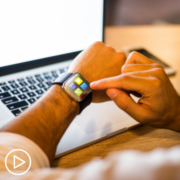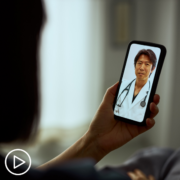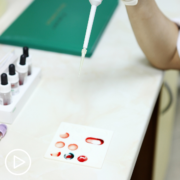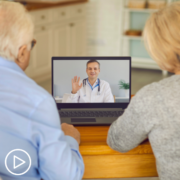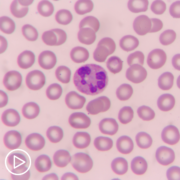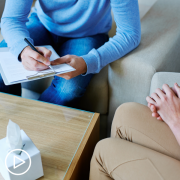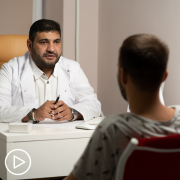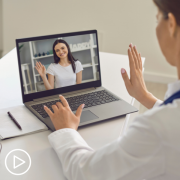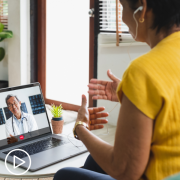Health Educator Turned MPN Patient Speaks to Importance of Specialized Care from Patient Empowerment Network on Vimeo.
Myeloproliferative neoplasm (MPN) patient and health educator Julia Olff helped others navigate the healthcare system before her diagnosis with myelofibrosis and later with ET. Watch as she shares her unique experience and how finding MPN specialists can help patients in receiving optimal care.
See More From the MPN TelemEDucation Resource Center
Related Resource:
Transcript:
Julia Olff:
Well, as a health educator and as a former hospital administrator when I was diagnosed with myelofibrosis, I feel like I had a particular reaction to the diagnosis that might be different from others who didn’t work in healthcare. I was both fascinated, which may sound really bizarre, that I was being diagnosed with an illness that I did not feel. Also, an illness I had not heard of, although I knew about some of the treatments that might be proposed because of my work as a health educator. So, I feel like I kind of went into health educator mode and health navigator mode, and that gave me a leg up in terms of knowing very early on, that once my ET transformed to myelofibrosis, I knew that I needed to see an MPN expert. And because I worked on health education because I worked in hospitals, I understood that I want, I needed to see a physician who had a depth of expertise, who had a volume of patients, who had a lot of experience with the drugs that existed. Although, in 2008, there was no approved, drug for myelofibrosis, but I knew I needed to go to the place where there was…
Where I had a better chance of getting the latest treatment, and I was diagnosed by a community oncologist who was lovely and one of the nicest people, and one of the nicest physicians I’ve seen, but it was clear he was not steeped in MPNs, because he treated patients across a spectrum of cancers. So, in that way, I think I started out in a different place, I also know that hospitals and healthcare can be very overwhelming, and I had a bit of the language and the world and some of the sort of…I understood a little bit more, I think about what my physicians might have been sharing with me, and if I didn’t, I felt empowered and not that this is easy by any stretch and it continues to be a challenge, but I knew that I needed to ask questions. I knew that I needed to read more about my illness, I knew I needed to vet my doctor as well, and I also figured out over time that as I was going to have this illness, hopefully in the sense that I hope I continue to live well with myelofibrosis and stay alive, that I was going to be seeing an MPN expert for a long time.
So, I think that influenced my point of view, I kind of take it as a job, so as to my personality, so I have a health notebook, I need to have one from the very beginning, I knew I couldn’t remember everything, I had to write it down. I knew I had to track what I was feeling so I could share it with my doctor, and I knew that from being a health educator, I think no one told me to do those things, and certainly, physicians don’t really know to tell you that, so I think in a lot of ways, I was approaching my illness in a very serious manner because I had experience in healthcare, and the last comment I’ll make is, I think from navigating the system, navigating health insurance, I knew a little bit from my experience as a caregiver already, and also from a health educator, I understood this is another area where I needed to empower myself or ask questions, or not take some of the information that may have been shared with me initially as on face value, that it was okay to ask more. As I said, I’ve had this illness for 13 years, I’ve also been caregiving for an adult child with illness, and every time I call the insurance company to ask a question about an explanation of benefits or why something isn’t covered, and learn a tiny bit more, and I add that to sort of my toolkit.
